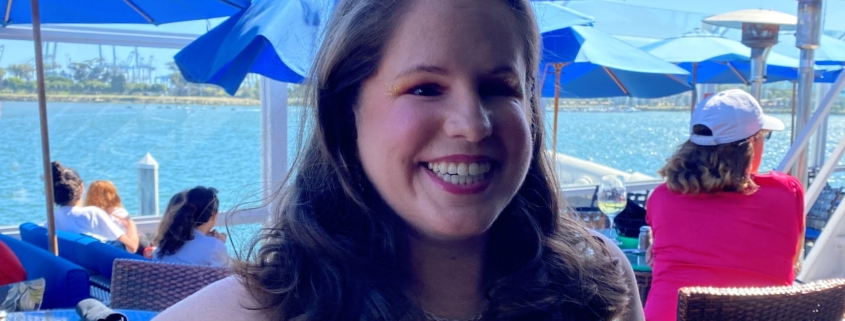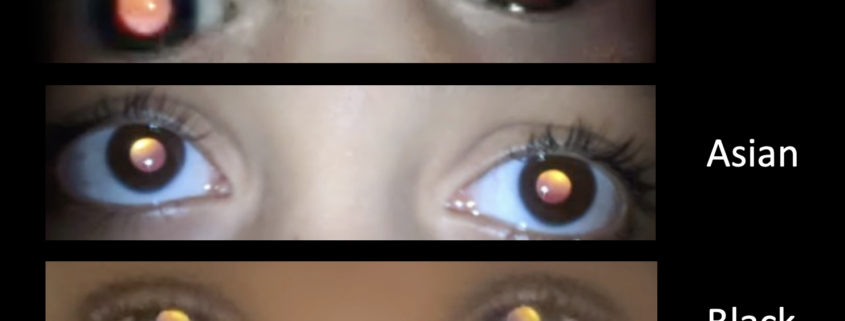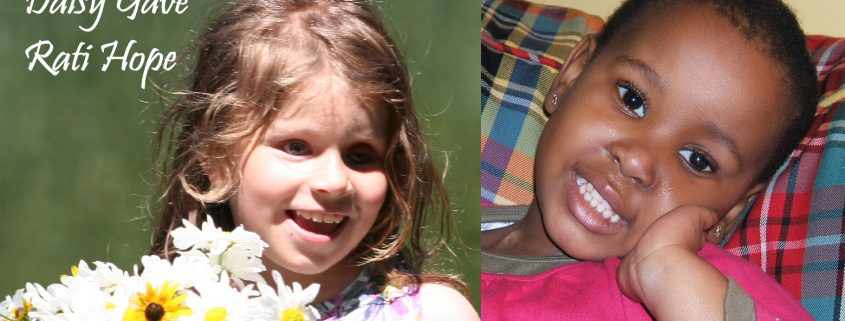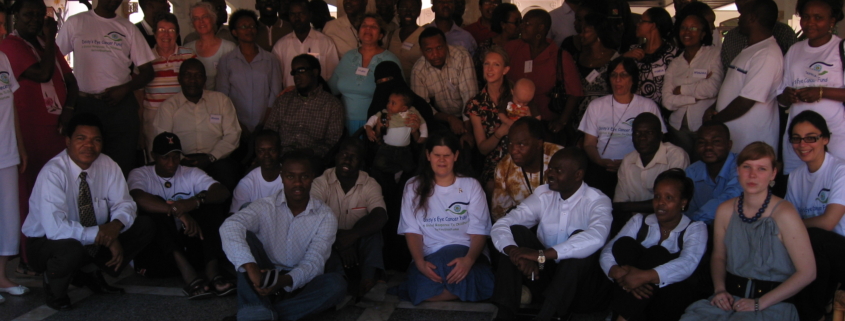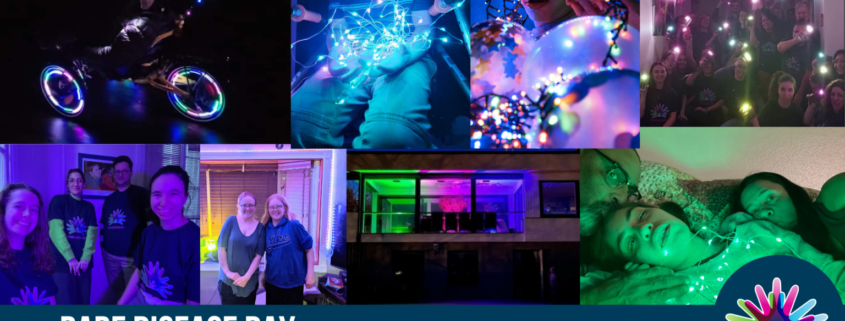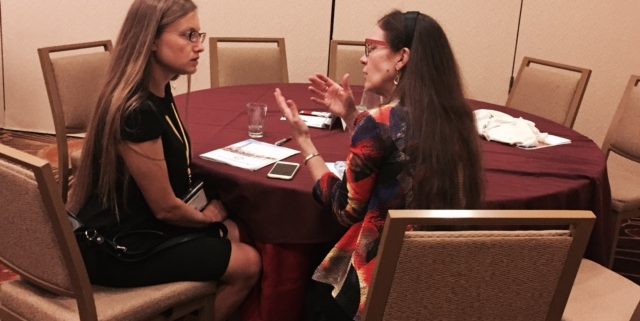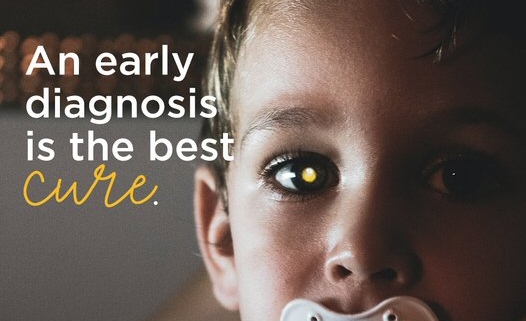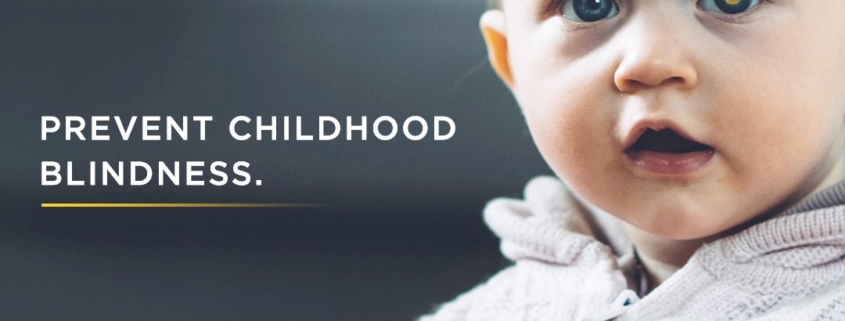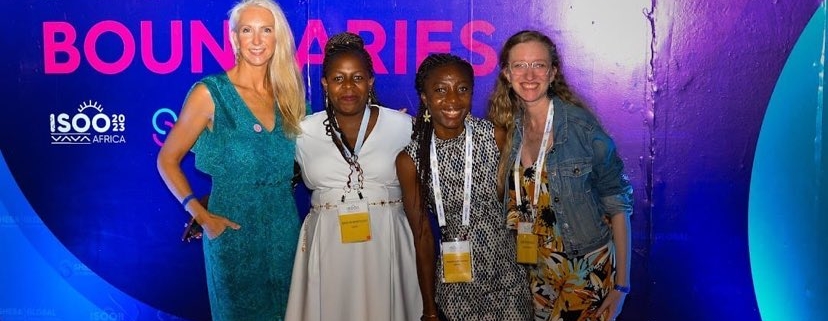Solidarity, Strength, and Synergy: The Gold Ribbon and the Global Fight Against Childhood Cancer
The gold ribbon is the unifying symbol of childhood cancer. Worldwide, it celebrates the victory of each life saved, honours the memory of every precious child lost, and shines with hope of cure for all children. WE C Hope CEO, Abby White, explains four key reasons we support the gold ribbon campaign, and shares new gold ribbon merch designs you can buy to support our retinoblastoma community.


